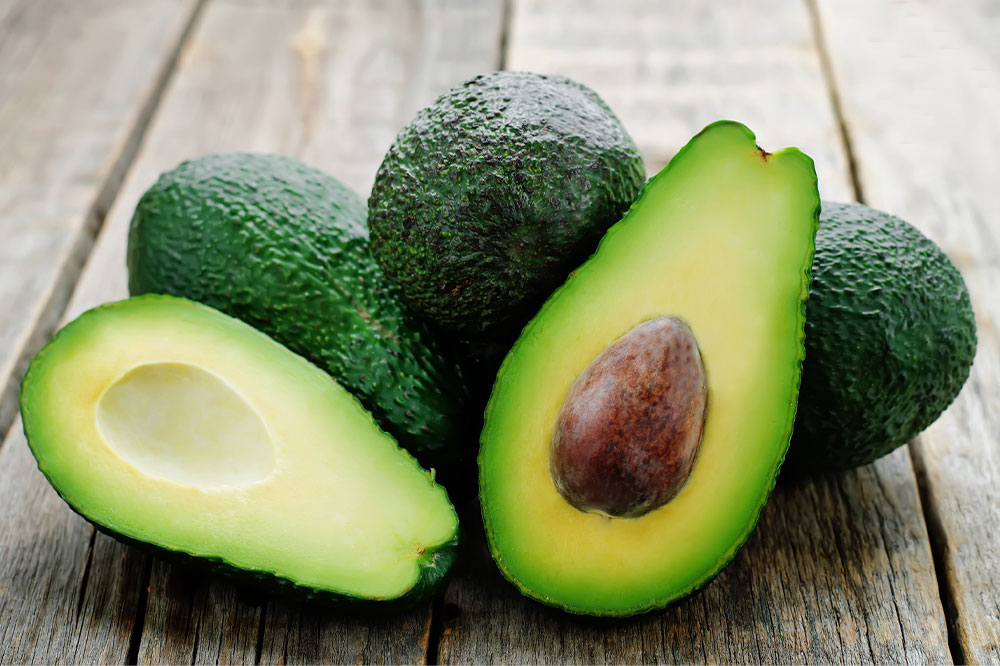5 best foods for relieving migraine headaches

A migraine is a condition in which individual experiences throbbing and often pulsing pain on the side of the head. It can be either just one side or both sides of the head. This can also be accompanied by extreme sensitivity to light and other symptoms like vomiting and nausea. Taking lots of rest during such an episode is recommended, and some foods may be helpful in managing and relieving the pain.
Avocados
This fruit is extremely high in magnesium content which is essential in managing headaches caused by migraines in individuals. These fruits also have healthy fats, which is an added benefit when preparing a meal with this ingredient. Add it to a salad or make guacamole out of it. Avocado is versatile and can be eaten by simply spreading it on toasted bread. However, doctors warn that eating too ripe avocados can do the opposite of treating migraine and become a trigger due to the tyramine present in over-ripe fruit. So make sure to eat fresh avocado, and not a stale one.
Bananas
These fruits are packed with magnesium, potassium, vitamin B, and complex carbohydrates, which all come together to fight off the painful headaches caused by migraine. Since bananas also have high water content, they are specifically great for hydration; 74 percent water content! Besides that, they are known to give instant energy, so one can easily depend on a banana for a pick-me-up while feeling down with a headache.
Dark chocolate
There are studies to suggest that eating some dark chocolate can help with reducing migraines. Cocoa, the main ingredient, helps lower blood pressure in individuals, and it is often noticed that high blood pressure and migraines are interlinked. Experiencing constant headaches over time can lead to stress which can develop hypertension in individuals. Thanks to the flavonoids in dark chocolate, blood pressure is maintained, which also means heart health is good.
Fatty fish
Fatty fish like salmon, cod, halibut, and mackerel are all rich in omega-3 fatty acids like EPA and DHA known to have anti-inflammatory properties. They also contain vitamin B and riboflavin, which is also studied to show how it helps in managing migraine attacks. There is more research on salmon to conclude its use in providing relief thanks to the presence of a coenzyme called Q10 and vitamin D. One can add these fish to one’s meal plan every alternate day or twice a week to get a balanced meal and nutrients.
Ginger
Ginger root has been known for its medicinal properties for several years and has been used in home remedies in Indian tradition for centuries. Studies suggest that it can prevent and treat a wide range of illnesses like nausea, vomiting, cough, cold, motion sickness, and headaches. Drinking hot ginger tea, made simply by boiling water with crushed or grated ginger and tea leaves, is a great, quick hack to feel slight relief. Some even take ginger water steam to help relax the facial muscles from tension headaches.
Speak to a doctor and learn about other management tips which can help during a migraine episode to help relieve pain. If the pain is unbearable, speak about other treatment options that may be helpful.






